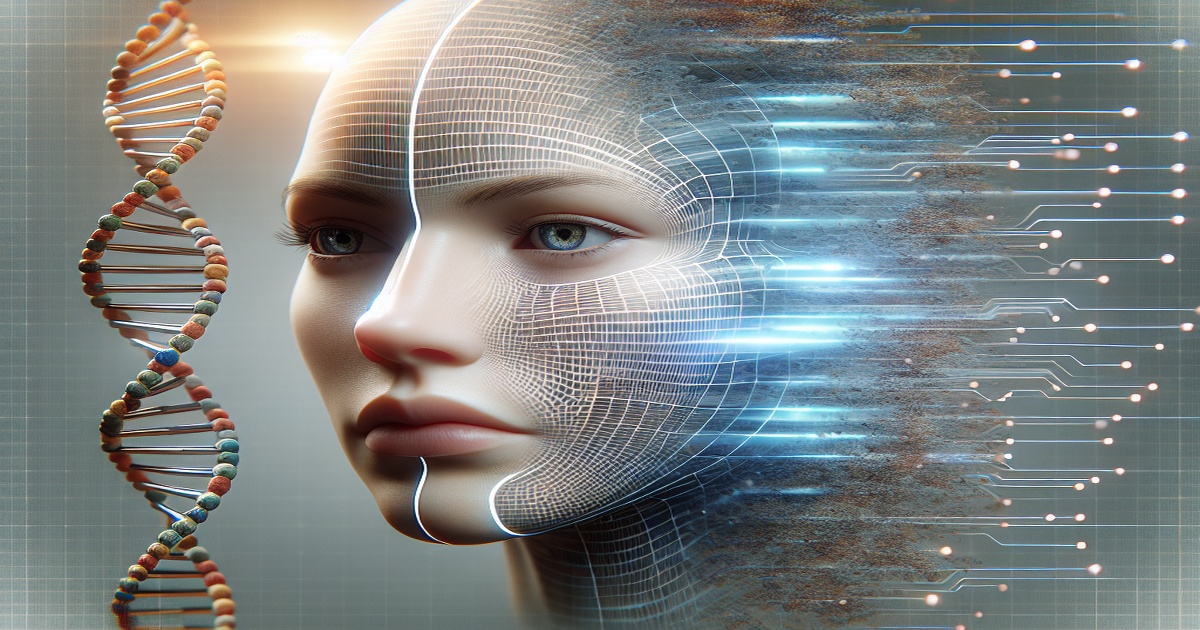A collaborative effort led by a Chinese research team has resulted in a significant advancement in artificial intelligence with the creation of a model known as Difface, which generates three-dimensional facial images from DNA sequences. Professor Chen Luonan, affiliated with the Hangzhou Institute for Advanced Study of the University of Chinese Academy of Sciences and Shanghai Jiao Tong University, stated that this innovative technology could play a vital role in locating missing children and assisting forensic investigations at crime scenes.
The Difface model merges a pre-trained Transformer, an AI architecture adept at navigating the complexities of DNA sequences, with spiral convolution technology that accurately captures the geometric aspects of facial point clouds. Chen likened this process to translating poetry between languages, where the Transformer captures deep semantic meanings while spiral convolution focuses on the specific geometrical features necessary for generating facial images. The integration of these modalities through contrastive learning and subsequent refinement with a diffusion model results in the production of high-precision 3D representations of human faces.
This AI model effectively captures essential genetic traits, allowing for the reconstruction of facial details such as varying nasal features, even when working with limited DNA data. The research shows that the model retains a high level of generation accuracy, even when the available DNA sequences are reduced from 90% to just 10%. Chen explained that for constructing a face, the model utilizes around 10,000 points, forming clusters that represent distinct facial features, which remain consistent throughout different stages of life. The model's accuracy could be improved further by integrating additional data regarding age and gender, enabling it to simulate the aging process of a suspect from youth to older age.
The implications of this groundbreaking technology are vast, as it could facilitate the search for missing adults based on their childhood DNA, and it holds promise for solving cold cases in criminal justice by enabling the reconstruction of suspects’ faces from biological evidence collected at crime scenes. Additionally, this advancement may have applications in anthropological research, potentially revealing the appearances of ancient humans, and it could transform personalized medical aesthetics through predictions based on genetic information. The findings of this research were recently published in the prestigious international journal Advanced Science.







1 Comments
Leonardo
Amazing! This could be a game-changer for solving cold cases and bringing closure to families.